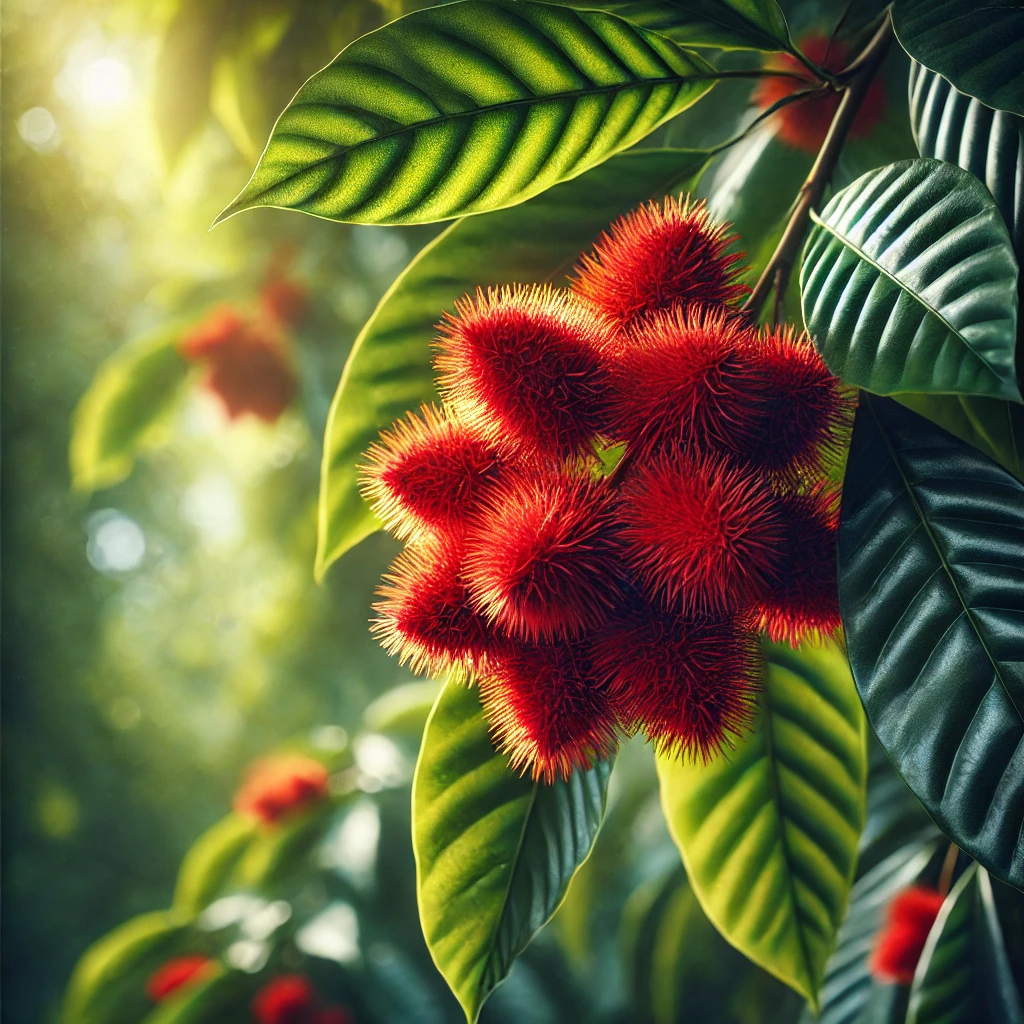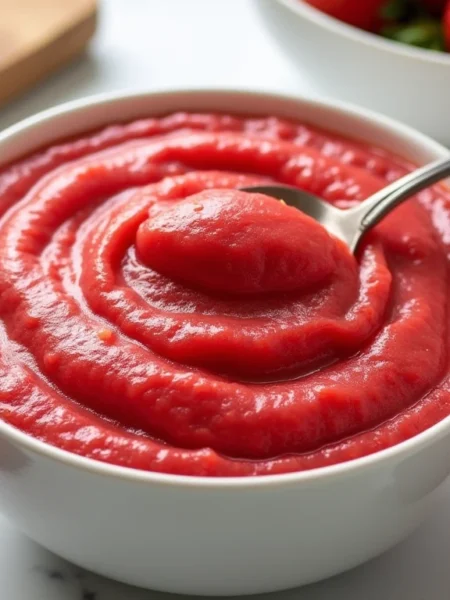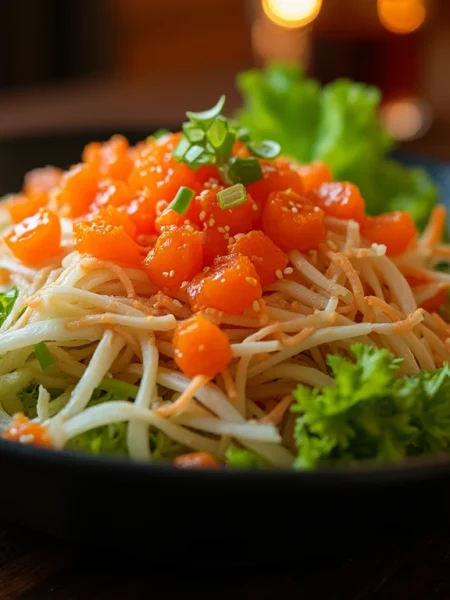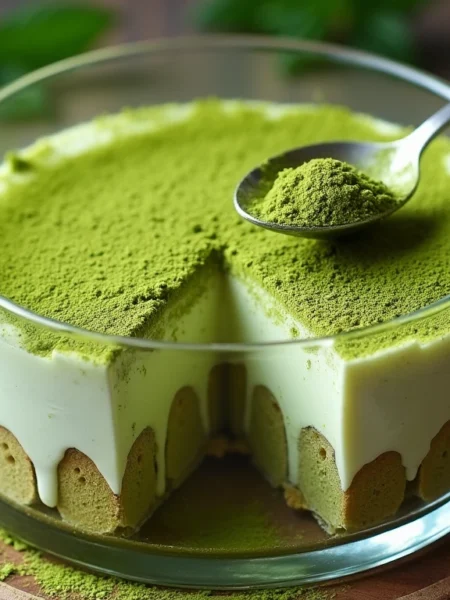What Is Achiote?
Description
achiote

What Is Achiote?
Achiote, often referred to interchangeably with annatto, is a vibrant spice used primarily for its color and mild peppery flavor. Available in various forms—whole seeds, ground spice, paste, or oil—achiote is a staple in Mexican and Caribbean cooking, enhancing dishes with its distinctive hue and taste.
The Essence of Achiote
Achiote is derived from the seeds of the evergreen shrub Bixa orellana. The pulp surrounding these seeds is macerated in water and processed into cakes, which can be further refined into dyes. The dried seeds are utilized either whole or ground as a culinary spice, widely employed in commercial products like chorizo, butter, margarine, cheese, and smoked fish to impart a rich yellow color.
Historical Origins
Achiote is indigenous to the tropical regions of the Americas, especially in the Caribbean and Mexico. Spanish explorers introduced it to Southeast Asia in the 1600s, where it became a common ingredient. Today, it is also cultivated in India and West Africa.
Various cultures recognize achiote by different names, including:
- Achiote: Used in Mexico and Spanish-speaking Caribbean countries.
- Annatto: Commonly found on several Caribbean islands and parts of South America.
- Roucou: Frequently used in Trinidad and Tobago, Martinique, and Guadeloupe.
- Achuete: Primarily known in the Philippines.
- Urucul: The name used by the Tupi-Gurani Indians of the Amazon.
Flavor Profile
In small quantities, achiote functions mainly as a colorant with no noticeable flavor. However, when used more generously, it contributes an earthy, peppery taste with a subtle bitterness. The seeds also release a floral or peppermint aroma.
Cooking with Achiote
Achiote can be transformed into a paste by blending it with various spices and herbs, creating a flavorful marinade ideal for meats, fish, and poultry. A popular product, sázon, made with ground achiote, is readily available in foil packets, though it's important to note that some brands contain MSG, while others, like Badia, do not.
To make achiote oil or lard (achiotina), the seeds are steeped in cooking oil, infusing it with color and flavor. This oil can be used to enhance rice, paella, meats, soups, stews, fish, and certain yuca dishes.
Recipes Featuring Ach-iote
In the Spanish-speaking Caribbean, ach-iote is commonly used to prepare yellow rice and is sometimes included in sofrito. In the French Caribbean, it is a key ingredient in blaff, a traditional fish or pork stew made with berries and lime.
Notable Recipes Include:
- Yellow Rice with Corn
- Ach-iote Marinade
- Yucatan Grilled Red Snapper
Culinary and Commercial Uses
Ach-iote serves multiple purposes: as a culinary spice, food colorant, and commercial dye. The Taíno people of the Caribbean incorporated ach-iote into their cuisine for flavor and color long before European contact. Additionally, they used it in cosmetics, as a fabric dye, body paint, sunscreen, and insect repellent. It's believed that the Aztecs added the seeds to chocolate drinks to enhance their color.
Where to Buy Ach-iote
Ach-iote is available in various forms: ground, seeds, paste, or infused in oil or lard. Look for it in the spice or international food aisle at your grocery store, where you can find it in bottles, bags, or vacuum-sealed bricks. Ground ach-iote is often mixed with other herbs, spices, and even cornstarch, so it's crucial to check labels for any allergens. When selecting seeds, opt for brightly colored red-orange seeds, avoiding dull or brown ones as they may have lost their flavor.
Storage Tips
Both whole seeds and ground achi-ote can be stored for an extended period. With proper storage, ach-iote can last up to three years. Keep it in an airtight glass container stored in a dark cabinet, away from light. Achi-ote oil or achiotina can be refrigerated in a glass jar, where it will remain fresh for several months.
Note
Handpicked Recipes














You may also like...
Kanikama: The Story, Taste, and Best Choices for Imitation Crab Lovers
Easy Crockpot Meals: Delicious Dishes with Minimal Effort
Betty Crocker: Iconic Home Baking Scene